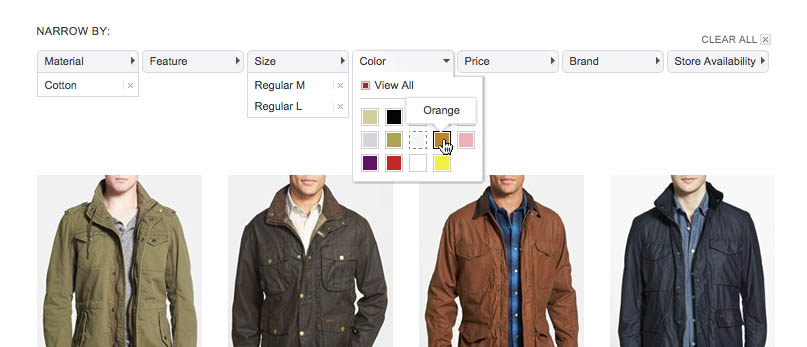Conversion optimization is an important exercise for ecommerce sites. But testing every little thing on your website can do more harm than good if it’s not done strategically.
With that in mind, we’ve outlined how and why you should run 3 particularly important A/B tests this year.
Before You Start
Before you get started there are a couple things to keep in mind when A/B testing. First, make sure you can get statistically significant data. If you don’t have a huge amount of traffic, you just need to make sure to let the test run for long enough to get a large sample of data. VMO has a test duration calculator to help you get an idea of how long a test should run for as well as a statistical significance calculator.
Second, keep it simple. While large sites with huge amounts of traffic and sophisticated software can conduct largescale multivariate tests, the vast majority of businesses are better off with smaller scale A/B tests. Not only are smaller scale tests easier to pull off, but you also get results faster so you can prove your hypothesis sooner.
Images on Your Product Pages
Images can help a product page better resonate with visitors, but have you tested how different pictures impact conversions? Is it better to have images of just your product or someone wearing/using it?
If it turns out that having a model is best, then go a step further and test different models and different poses. The Adore Me CEO says that they test different product images for each bra they sell, and that slightly different poses have doubled sales for some products.

Next, test the size of your images. Data suggests that larger product images increases conversions, but run a test to make sure.
Filters
Filters are a great way to improve the user experience and help shoppers find the products they are interested in; however, they also represent a good opportunity for testing.
User testing by the Baynard Institute found that filters can often get overlooked or mistaken for sorting tools (rather than filters). An improvement they suggest testing is a change from the typical left-vertical filtering bar to a horizontal filtering bar, like the one shown below.

When you’re running the A/B test, compare the number of times that products get added to a cart. If a horizontal bar results in more adds overall, then it probably does a better job of helping shoppers find what they are looking for.
Another filtering technique to A/B test is the use of thematic filters. Thematic filters limit product selections to a particular theme, so rather than simply having customer sort by jackets it would allow them to choose between winter jackets, spring jackets, and so on.
Macy’s does a particularly good job of thematic filtering, and for example, allows women to filter by dress occasion. Such as party dresses or wear to work.
Post-Purchase Emails
Post purchase emails are a great way to keep the conversation going with your customers, but they also have huge potential to drive additional sales. Given the importance of post-purchase emails it makes sense to test how different offerings can impact their performance.
First, try testing an entirely different style of email. If you send customers a thank you message, then test the impact of sending a product recommendation email or product review email.
Another good test for post purchase emails is how your customers respond to different coupons and discounts. Do you get more repeat purchases from sending customers a coupon for 10% off or $10 off?
It’s All About Context
Of course, this wouldn’t be an optimization post without the obligatory: what works for one business may not work for the next. There are several factors that play into the results of an A/B test, and that means the best way to make meaningful improvements on your own site is by continually testing it. Just because one business found a lift in conversions from an orange button, doesn’t mean your blue button is no good.
Another point to keep in mind is that 7 out of 8 tests don’t result in any type of considerable change. Most tests will lead to changes of plus or minus 5%, but as Peep Laja puts it, “it’s about incremental gains, as, at the end, all improvements will add up.”
